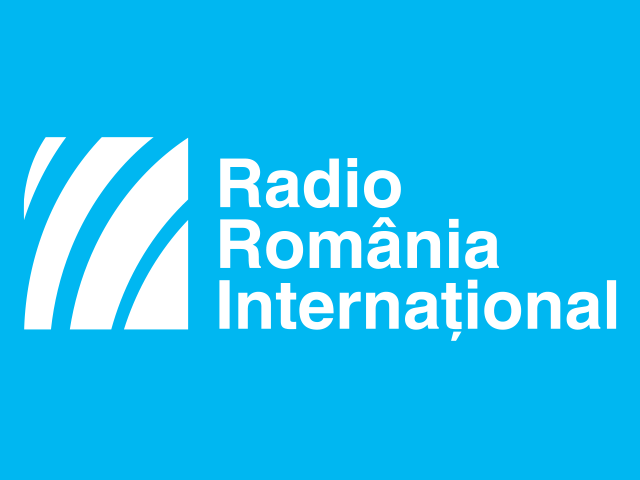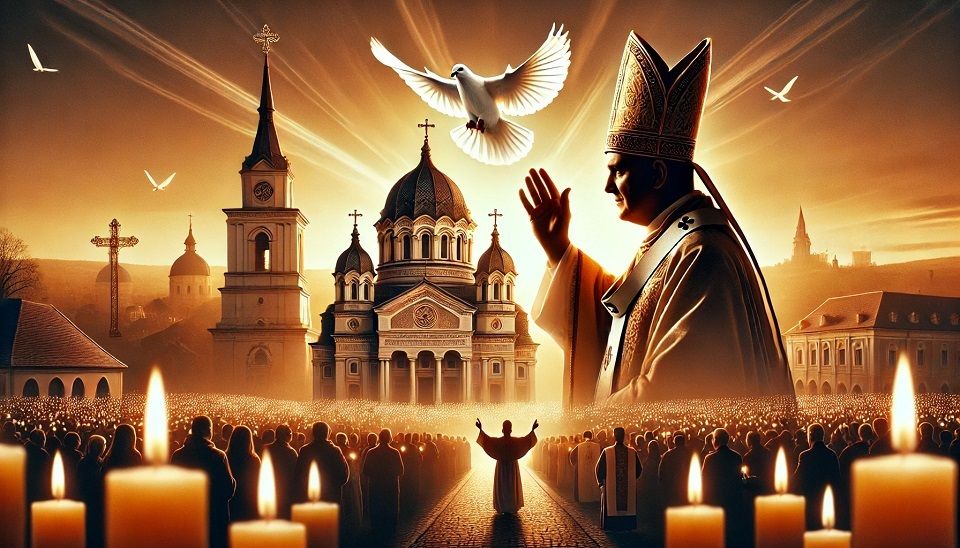The Iosif Berman Photography Collection
Iosif Berman was one of the most successful photographer in a field that was fundamental for the press: photography for printed newspapers

Steliu Lambru, 01.10.2022, 15:00
Photographic art in Romania has developed since mid 19th century. Iosif Berman was one of the most successful photographers in a field that was fundamental for the press: photography for printed newspapers. Photography had a real impact on the development of the press, gradually replacing drawings. And Bermans photos in particular showed the very special skills of the artist and the diversity of topics covered. It was the time when photographs were trying to get everything, the encyclopedic spirit and the keen interest in reality being the cultural foundation of any photographer.
Berman was born in 1890, in Burdujani, Bukovina, in the north of todays Romania, and died in 1941 in Bucharest. He was born into a Jewish family, and his father fought in the Romanian War of Independence, in 1877-1878, for which he was also decorated. Berman attended high-school in Suceava and wanted very much to be a photographer, and he did more than that: he would become a photojournalist and also the official photographer of the Royal House of Romania, the highest dignity a photographer could aspire to. He was also a member of the team of students in sociology led by Dimitri Gusti, who carried out research campaigns in the rural areas in the 1930s, one of the largest cultural-scientific projects in interwar Romania.
Journalist Adina Stefan owns an impressive collection of photographs by Iosif Berman, donated by one of his daughters, Luiza Berman. Adina Stefan answered a question frequently asked about how the artist started, since there is no written evidence about Iosif Bermans youth:
“People have often wondered where he learnt the skills, the photographic art from, since when he came to Bucharest he was so well-prepared, technically speaking. In his native Bukovina, which had been under the Austrian-Hungarian administration, there were many photographers, Jewish in particular, who used to win many prestigious awards at the exhibitions organized in Paris. They would come back to the country, do their job and, of course, those who wanted to learn from them, had every opportunity to do that. So there were many possibilities for Berman to learn the art, and he did not waste any time. Besides, he was an educated man, he spoke French and German even since high-school, and he was also very talented at drawing.”
Bermans talent as a photographer was quickly noticed, and big daily newspapers, like Adevarul and Dimineata would ask him to work for them. He also worked for foreign institutions, such as the prestigious Associated Press and New York Times, as well as for the Scandinavian Newspaper Press. Just like any other celebrity, Berman got a nickname, that actually spoke of his main quality, the special eye he had as a photographer. Here is Adina Ștefan again:
“He was called the man with a thousand eyes, because whenever he would go somewhere, together with his crew, before getting to the office he would say: did you notice that, did you see that? There were so many things he would see which nobody else did. And they were all important in illustrating the materials journalists were working on.”
Leafing through the album titled “Iosif Berman, the master of Romanian interwar photo journalism”, edited by the Romanian National Library in 2013, the reader can easily notice the vitality and diversity of Bermans work. In the chapter “Bucharest, seasons”, unique photos were included, depicting the development of the capital Bucharest since the 1880s. All the main buildings of Bucharest were shot by Berman, either years after their were built, or even during the construction works. There are also photos of the big Kiseleff and Victoria boulevards, images of the offices of the Adevarul and Dimineata newspapers, which he worked for, but the main focus in Bermans photos are people. By looking at them the spectators feel they are carried back in time, feeling the energy of the busy streets of the capital.”
People from the more disadvantaged categories were also captured by Bermans camera. There are many photos where we can see poor neighborhoods, unpaved streets or streets flooded by rain, pets, people dressed in shabby clothes. But the photographer also caught the merry part of that life too, with its markets, pubs and public spaces.
His own art could not be missing from Iosif Bermans pictures. It is a self-referential artistic process used in other arts as well, including photography. We mentioned photographs of the Adevărul and Dimineata newspapers as a reference to his own profession, that of a photojournalist. But he also photographed other photographers, like the one in Cișmigiu park and the two men, a woman and a dog in front of the lens, creating a truly iconic pose. No less iconic is the photo in which two “strolling” photographers, as Berman calls them, with mini-cameras, are photographing the streets while “on duty”. (MI)





























